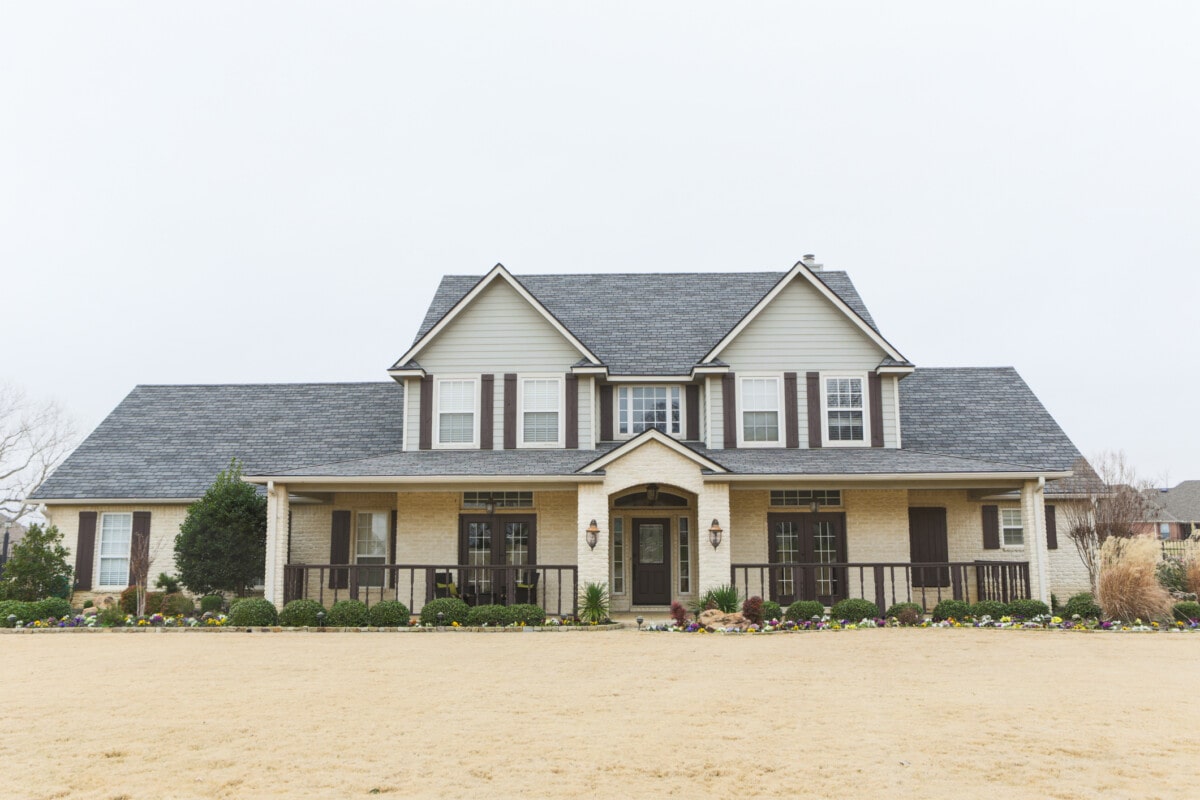Building a House in Texas: Insights from Local Builders for a Successful Construction Journey

Building your dream home in Texas is an exciting journey, but it comes with its unique set of considerations, shaped by the state’s diverse landscapes and dynamic climate. In this Redfin article, seasoned Texas builders offer invaluable tips for both native Texans and newcomers. These insights will help you navigate the Lone Star State’s home construction landscape.

Essential pre-build tips for your Texas home
1. Figure out your budget and financing before getting started
Managing your finances is a critical aspect of building a house in Texas. Before starting construction, establish a realistic budget that includes all aspects of the project, from land acquisition to finishing touches.
Building a spacious, energy-efficient home in the Dallas area may cost between $200 to $300 per square foot, depending on various factors. Research the current costs of materials and labor specific to that region to create an accurate budget. Consult with local banks or financial institutions to explore financing options, such as construction loans, which can provide you with the necessary funds to complete your project without draining your savings.
Keep in mind that unexpected expenses can arise during construction, so having a financial buffer of at least 10% of your budget is advisable to ensure your project stays on track.
2. Create a realistic construction timeline
Texas’ weather can be unpredictable, which may impact your construction timeline. Work closely with your builder to create a realistic project schedule that takes into account potential weather delays.
For instance, if you’re building a home in San Antonio, where hot summers and occasional heavy rainstorms are common, your construction timeline should factor in weather-related disruptions. Effective project management is essential to keep the construction process on track.
3. Make sure you understand Texas building codes and regulations
Before embarking on your home construction project, it’s essential to familiarize yourself with Texas’ building codes and regulations. These codes can vary from one municipality to another, so it’s crucial to research the specific requirements in your area.
For example, if you’re planning to build a home in Austin, you should be aware of the city’s unique land codes and permitting processes. Multiple layers of review and inspections from various city departments are common in Austin. You can typically find information about local building codes on your local government’s website or by contacting the relevant permitting authorities.
4. Thoroughly research contractors and builders before selecting one
“Texas is known for its flexible contractor laws”, shares contractor review site Bad Texas Contractors. “Unlike many states, it does not require general contractors to be licensed. To safeguard your project, thoroughly research your contractor. Seek references and word-of-mouth recommendations from local homeowners. Visit ongoing construction sites to identify reputable builders. Ensure that the contractor’s claims are verified and that they have a solid track record.”
5. Make sure your builder has local experience
Local home builder Carty Custom Builders, LLC shares, “Building in Austin, TX, requires expertise due to the city’s complex land codes and permitting processes. Engage a builder experienced in Austin’s unique requirements, such as multiple layers of review and inspections from various city departments. Navigating these hurdles is crucial for a positive home-building experience in the city.”
6. Verify builder’s associations and certifications
According to local realtors DFWMoves, “Texas may not require general contractors to be licensed, but reputable builders often belong to the Texas Association of Home Builders or local affiliates. Look for builders with certifications like Graduate Master Builder from recognized industry associations. Request a list of all homebuyer clients from the past three years for a comprehensive view of the builder’s track record.”
7. Choose your location carefully
“Picking the right location and homesite is paramount when building in Texas,” says Republic Grand Ranch, a land company today offering newly developed acreage for sale near Houston. “Opt for larger lots, ideal for single-story ranch-style homes that are popular in the region. Ensure the site is elevated and not prone to flooding or other weather-related issues. Maintain natural tree coverage for shade and privacy.”
8. Consider offsite construction for your Texas home
“Offsite construction is an ideal solution for building homes in Texas,” states home builders Champion Homes. “Constructing houses in a controlled factory environment shields materials and labor from extreme weather conditions. Select materials suitable for the region, such as engineered wood siding, to withstand Texas’ harsh heat and sunlight.”
Tips for the construction and design phase of your Texas home
9. Use finger-jointed studs for strength and stability
“Texas experiences significant humidity variations between seasons,” informs local family owned business Brookson Builders. “Finger-jointed studs, engineered for strength and stability, combat twisting and bowing caused by humidity changes. Using these studs minimizes common issues like bowed walls or drywall blemishes in Texas homes.”
10. Blend functionality with local charm
“In Texas, it’s crucial to merge functionality with the region’s distinct charm when constructing a custom luxury home,” recommends custom home builder CRV Homes. “Tailor your design to the site’s specific topography and climate. Use locally sourced materials like Texas limestone and native plants for landscaping. Incorporate features like wide eaves, verandas, and energy-efficient windows to combat the intense Texan sunshine and reduce energy consumption.”
11. Don’t overlook landscaping
Texas’ outdoor spaces are an integral part of the lifestyle, so don’t overlook the importance of landscaping and outdoor design. Work with a landscape architect to create outdoor living areas that complement your home and the local environment. Native plants, irrigation systems, and outdoor lighting can enhance the beauty and functionality of your property. Additionally, consider factors like outdoor kitchens, patios, and pool installations if they align with your lifestyle and budget.
12.Incorporate energy-efficient features
Texas’ climate can be harsh, with scorching summers and high-energy demands. Consider incorporating energy-efficient and sustainable features into your home’s design. This includes options like solar panels, high-efficiency HVAC systems, and smart home technologies. Investing in energy-efficient solutions not only reduces your environmental footprint but also saves you money on long-term utility bills.
13. Secure homeowners insurance home insurance
Texas is prone to extreme weather events, including hurricanes, floods, and tornadoes. It’s crucial to consider the insurance aspects of your new home. Research and consult with insurance providers in Texas to understand the types of coverage you may need, such as windstorm insurance, flood insurance, and homeowners’ insurance. Ensuring that you have appropriate coverage can provide peace of mind and financial security in the face of unforeseen natural disasters.

Ready to build a home in Texas?
Building a house in Texas is a rewarding venture, but it requires careful planning and collaboration with experienced professionals who understand the intricacies of the state’s construction landscape. By following these insights from Texas builders, you’ll be better prepared to embark on your home construction journey and turn your dream home into a reality.
The post Building a House in Texas: Insights from Local Builders for a Successful Construction Journey appeared first on Redfin | Real Estate Tips for Home Buying, Selling & More.
